Unlike internal combustion engines, where wear and tear are more gradual and predictable, EV battery packs represent a large, expensive, and sensitive component that can significantly affect the long-term value and performance of the vehicle.
A durable battery can provide reliable transportation for a decade or more, while a failing pack can result in costly replacements, frustrating limitations, or even early vehicle retirement.
Battery longevity isn’t just about how long a car can run on a single charge, it’s about how well the battery maintains its original capacity and health over time. All EV batteries degrade to some extent, typically losing a few percentage points of capacity each year.
However, some brands have managed to engineer impressive solutions that minimize this degradation through smart thermal management systems, conservative charging protocols, and robust cell chemistry.
These manufacturers prioritize reliability and long-term performance, ensuring that their vehicles age gracefully and continue to serve owners for many years without the need for major battery intervention.
For consumers looking to keep their EVs beyond the warranty period, or those purchasing used EVs, battery durability becomes a defining characteristic of the car’s true value.
On the other side of the spectrum are EV brands that, either due to engineering shortcuts, cost-cutting decisions, or early-generation missteps, have developed reputations for frequent battery issues.
This might involve accelerated degradation, poorly designed battery management systems, inadequate cooling, or manufacturing defects that lead to premature battery replacement.
These problems don’t just impact range, they also affect the car’s resale value, warranty utilization, and in some cases, safety. A vehicle that requires a new battery within the first few years of ownership often becomes a financial burden, negating any cost savings from fuel or maintenance.
These replacement costs can range from several thousand to over $20,000, depending on the brand and model. Whether you’re buying new or used, the battery should be viewed with the same scrutiny once reserved for engines and transmissions in gasoline-powered cars.
This article breaks down five EV brands recognized for their outstanding battery longevity, as well as five brands that have been associated with frequent battery replacements.
ALSO READ: 5 Cars That Always Pass the Smog Test and 5 That Never Do Without Work
5 EV Brands Known for Battery Longevity

1. Tesla
Tesla is often seen as the gold standard for electric vehicles, and a large part of this reputation comes from the company’s relentless focus on battery technology. From the very beginning, Tesla invested heavily in battery research and partnered with Panasonic to produce high-quality lithium-ion battery cells.
Over time, it has moved toward vertical integration, developing its battery manufacturing processes, including the highly anticipated 4680 cell technology. Tesla’s batteries are known for their high energy density and robust cell design, which translates into not only long driving ranges but also extended battery life over many years of ownership.
The company’s proprietary battery management system (BMS) is designed to carefully regulate charge cycles, discharge levels, and temperature, ensuring that batteries do not degrade prematurely. This focus on intelligent battery care has made Tesla vehicles a favorite among high-mileage EV drivers.
Tesla’s vehicles are also equipped with advanced thermal management systems, which are among the most sophisticated in the industry.
These systems use liquid cooling loops and precision temperature controls to ensure that the battery pack remains within an optimal temperature range, whether the car is driving in freezing winter or scorching summer.
By avoiding thermal extremes, the battery cells are less likely to suffer from accelerated aging, a problem that plagues many EVs that lack sufficient thermal controls.
Tesla’s vehicles are capable of fast charging via the Supercharger network, but the software often intelligently reduces the charging rate in order to preserve battery health if conditions aren’t ideal. The balance Tesla strikes between convenience and battery longevity is one of the reasons its batteries tend to last well beyond 150,000 miles with minimal capacity loss.
Another factor contributing to Tesla’s long battery life is its approach to range estimation and battery utilization. Tesla does not allow full access to the battery’s total capacity.
Even though this approach slightly reduces the available range, it ensures that the battery can maintain a higher percentage of its original capacity over time.
Tesla also offers features like scheduled charging, limiting charging to 80–90% for daily use, and adaptive energy management through regular over-the-air updates. These features are designed not only for performance and convenience but also to preserve battery longevity for years to come.
Real-world data supports Tesla’s claims. Numerous Model S vehicles with over 300,000 miles have demonstrated capacity losses of only 10–15%, which is remarkable when compared to other EVs.
Tesla also offers battery warranties that typically span 8 years and range from 100,000 to 150,000 miles, depending on the model, which adds peace of mind for consumers.
While newer performance models like the Model S Plaid may put more strain on the battery due to extreme acceleration, the software compensates by optimizing energy draw and thermal conditions.
Overall, Tesla’s holistic approach, from chemistry and cooling to software and charging protocols, makes it one of the most trustworthy names in the industry when it comes to battery longevity. For many EV buyers, this reputation is a decisive factor in choosing Tesla over competitors.
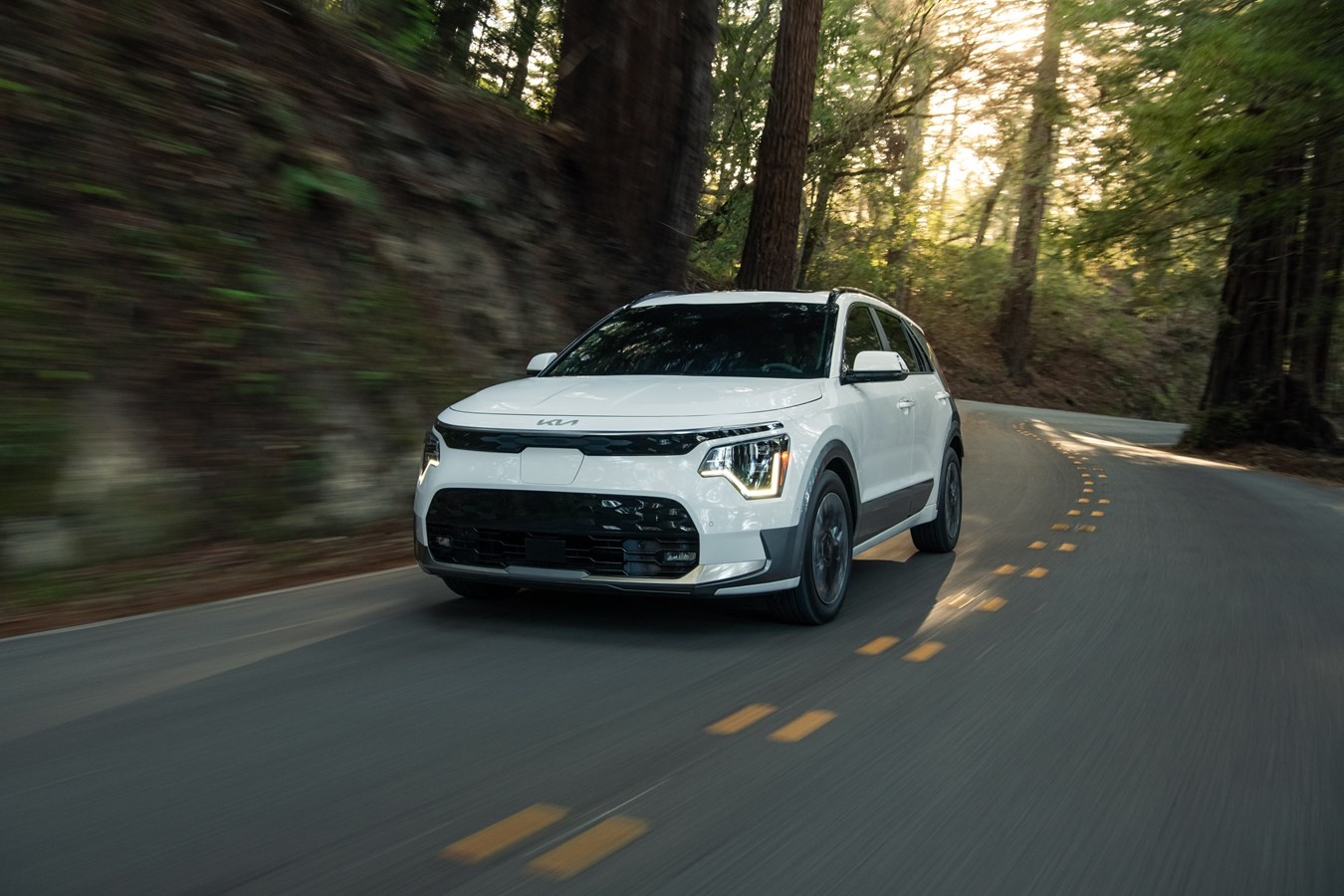
2. Hyundai/Kia (Hyundai Ioniq & Kia EV6)
Hyundai and Kia, both subsidiaries of Hyundai Motor Group, have emerged as EV leaders through their dedication to producing reliable and long-lasting battery technology.
Their vehicles, especially the Hyundai Ioniq series and Kia EV6, are built on the advanced E-GMP (Electric Global Modular Platform), which is designed with battery efficiency, thermal regulation, and long-term reliability in mind.
These vehicles utilize cutting-edge lithium-ion battery cells paired with sophisticated battery management systems that keep performance consistent even after years of usage.
Hyundai and Kia have taken a cautious but innovative path, making sure their battery systems strike a balance between performance and longevity, a strategy that has paid off in terms of user satisfaction and industry respect.
One of the most significant contributors to battery longevity in Hyundai and Kia vehicles is their advanced thermal management. These EVs feature both liquid cooling systems and intelligent climate control integration that help keep battery temperatures in an ideal range during driving, charging, or idling.
Whether it’s a freezing winter morning or a hot desert afternoon, the system automatically adjusts thermal levels to reduce stress on the battery cells. This is crucial, as extreme temperatures can rapidly accelerate lithium-ion battery degradation.
Moreover, the charging software is designed to limit fast-charging frequency when unnecessary, and it even adapts based on previous charging behavior to optimize battery health. For example, if the car recognizes repeated high-speed charging, it may adjust the charge rate automatically to avoid long-term damage.
Hyundai and Kia are also known for their industry-leading warranties, often offering 8 to 10 years or 100,000 miles on their EV batteries. This generous warranty isn’t just a marketing ploy—it reflects the company’s deep confidence in its battery technology and manufacturing quality.
In real-world usage, many owners of the original Hyundai Ioniq Electric have reported less than 10% capacity degradation even after more than 150,000 kilometers of driving.
The newer Ioniq 5 and Kia EV6, with more efficient powertrains and better cooling technology, are expected to perform even better over time. This reliability is especially valuable for consumers in regions with less EV infrastructure, where battery replacement would be logistically challenging and costly.
Hyundai and Kia also make smart software choices that extend battery life. Their energy recuperation systems (regenerative braking), charge scheduling features, and battery conditioning tools work together to ensure minimal wear.
Moreover, their EVs are designed to avoid using the full battery range, keeping a reserve capacity both at the top and bottom of the battery’s charge level to prevent damage.
This engineering philosophy is not aimed at providing the most aggressive range or charging times on the market, but rather at delivering a consistent and long-lasting EV experience.
As more data accumulates from the latest models, it becomes increasingly clear that Hyundai and Kia are among the top contenders for battery longevity in today’s EV landscape.
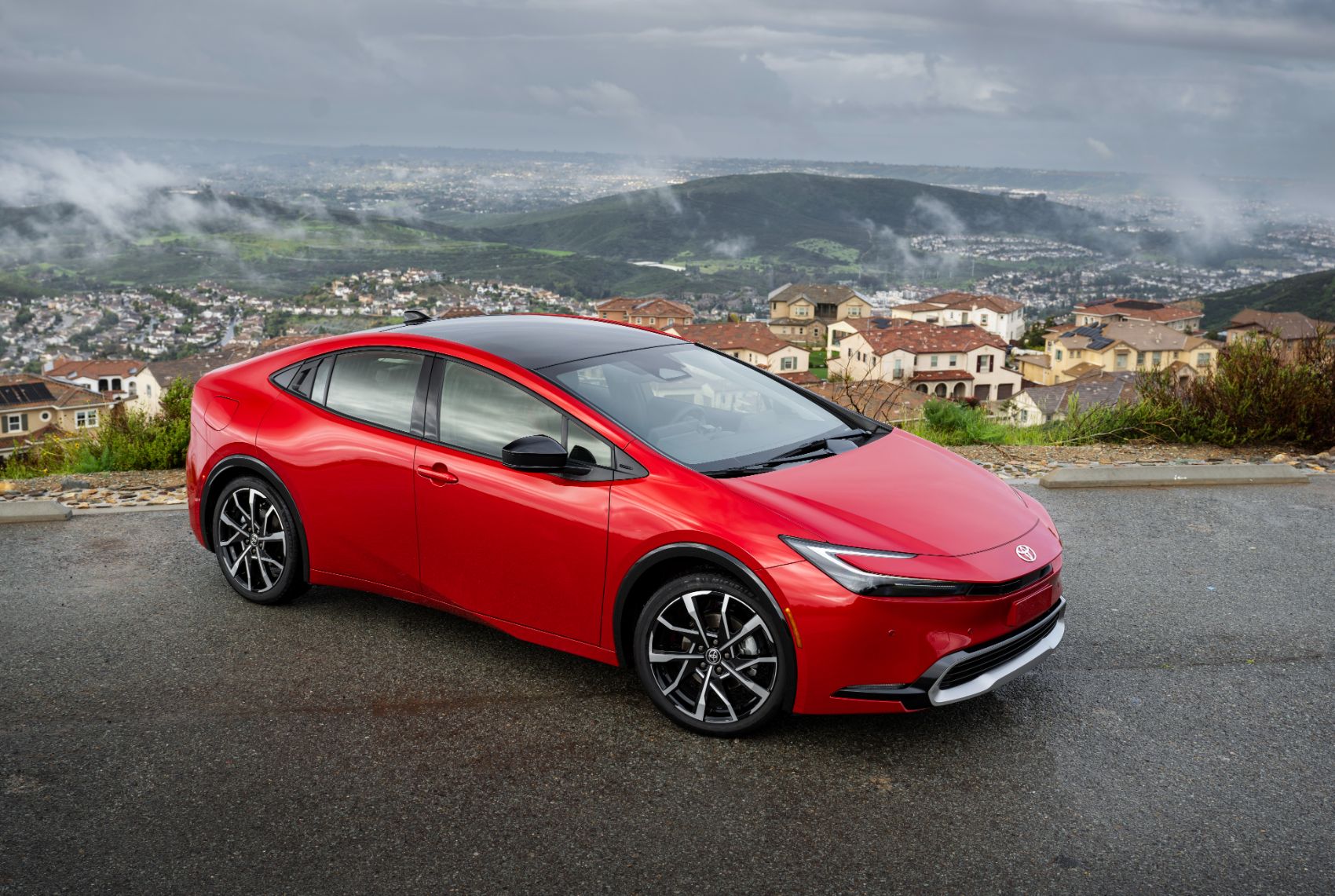
3. Toyota (bZ4X and Prius Prime Plug-In Hybrid)
Toyota has long been a pioneer in hybrid technology, and this experience has translated into a deep understanding of battery longevity.
Although its transition to full battery-electric vehicles (BEVs) has been slower than many competitors, Toyota’s hybrid systems, like those in the Prius and the plug-in hybrid Prius Prime—have demonstrated exceptional durability over decades.
With over 20 years of data and millions of hybrid vehicles sold, Toyota has refined its battery management techniques to prioritize long-term performance, often at the cost of performance metrics like acceleration or fast charging.
The bZ4X, Toyota’s latest full-electric entry, inherits many of these protective battery strategies, including conservative state-of-charge buffers and careful thermal regulation.
Toyota’s battery philosophy is deeply rooted in reliability over risk-taking. The Prius, for example, maintains battery charge between roughly 40% and 80%, never fully charging or discharging the battery. This strategy significantly extends battery life and is now employed in Toyota’s new electric offerings.
The bZ4X continues this tradition, implementing a relatively modest charging curve that avoids fast charging abuse and protects battery integrity. While this may limit ultimate charging speed or range, it dramatically reduces the long-term wear on the battery cells.
Toyota also uses passive and active cooling techniques in both plug-in hybrids and BEVs to ensure battery temperatures remain stable, which is particularly important for maintaining chemical balance and minimizing thermal stress.
Toyota also stands out for its methodical testing and real-world validation before launching new battery technologies. Unlike brands that rush products to market, Toyota takes a cautious approach, conducting rigorous long-term testing under various conditions before approving battery chemistries for commercial use.
This slow-but-sure strategy means fewer recalls, more satisfied long-term owners, and stronger performance over time. Furthermore, Toyota tends to underpromise and overdeliver.
Many hybrid Prius owners find that their batteries last well beyond the warranty period with little to no drop in capacity, and early indications from the bZ4X suggest a continuation of that trend in their BEV lineup.
While some critics argue that Toyota has been too conservative in the EV race, this restraint has often served their customers well. For many consumers, particularly those living in rural or extreme climate regions, battery reliability and longevity are far more important than acceleration figures or ultra-fast charging.
Toyota’s commitment to durability is evident not only in their vehicles’ hardware but also in their software, charging logic, and long-term serviceability. If you’re looking for an EV that might not top performance charts but will likely still be running strong a decade from now, Toyota’s growing lineup is worth serious consideration.
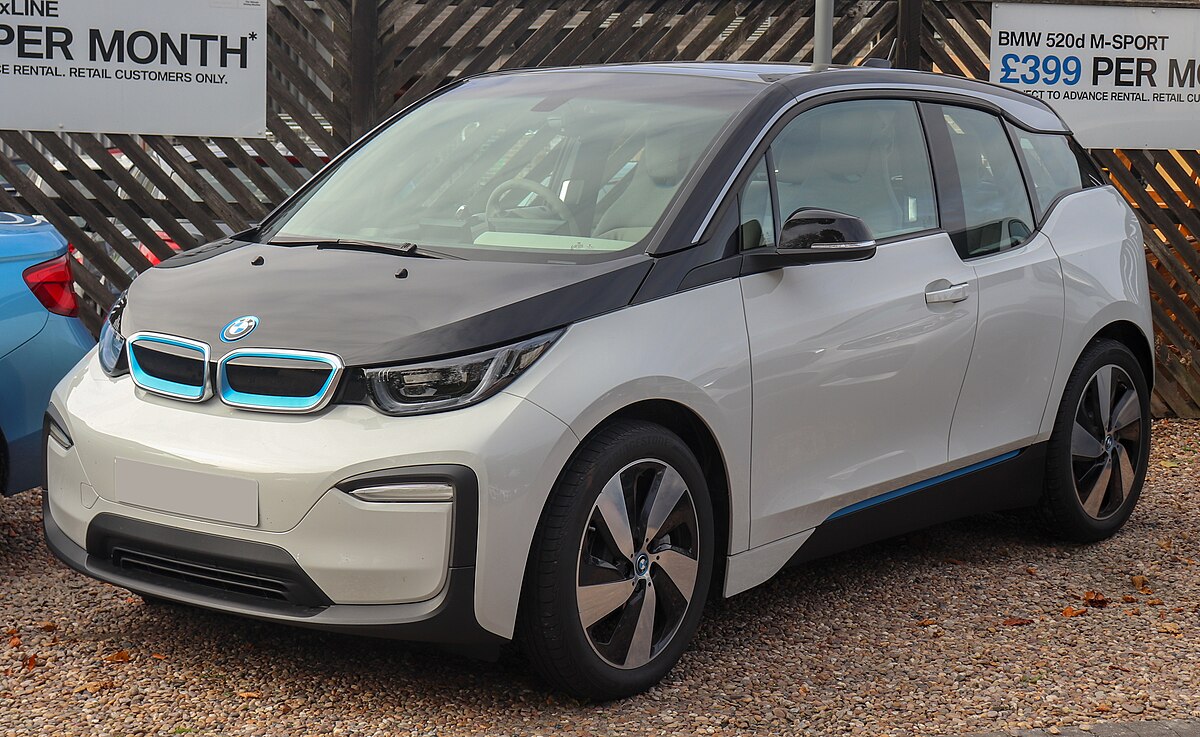
4. BMW (i3, i4, and iX series)
BMW’s entrance into the EV market was initially cautious but highly strategic. Starting with the innovative i3, BMW laid the groundwork for battery durability through careful engineering and software optimization. Despite its unconventional looks, the i3 quickly gained recognition for its reliability and battery longevity.
BMW carried over the lessons learned from the i3 into its newer electric offerings like the i4 and iX, both of which now reflect a mature approach to electric powertrain and battery integration. These vehicles are built with a strong emphasis on energy efficiency, regenerative braking control, and modular battery pack designs that can handle heat and aging gracefully.
The company uses premium-grade battery cells, often supplied by top-tier manufacturers like CATL and Samsung SDI, and integrates them with a proprietary battery management system. BMW’s BMS is engineered not just to optimize range and performance, but to extend cell health over the long haul.
Intelligent charging algorithms, along with adaptive regenerative braking that adjusts based on driving behavior, help reduce unnecessary strain on the battery. In essence, the car “learns” how to protect its own battery over time, a feature that many BMW owners praise.
Additionally, the inclusion of cooling systems with multiple thermal zones ensures that the battery remains evenly cooled, preventing hotspots that can accelerate wear.
BMW also ensures that its batteries are not overused or overexerted. Similar to Tesla and Toyota, BMW vehicles often include a buffer of unused capacity at both ends of the battery spectrum, which means the cells are never fully charged or discharged under normal operation.
This deliberate limitation extends the usable lifespan of the battery significantly. Although this may slightly reduce the available range, it ensures that the battery remains within a safe and stable state of operation.
Owners of the i3, many of whom have driven over 150,000 miles, often report only moderate degradation, thanks in large part to these protective strategies.
What further sets BMW apart is its customer support and clear battery warranty terms. Most of their EVs come with 8-year/100,000-mile warranties, but BMW has also been transparent about how it handles battery issues beyond that point.
Their certified pre-owned EV program includes battery inspections and guarantees, making BMW one of the few luxury brands to put consistent focus on battery longevity from both a technical and customer experience perspective. For those looking for premium EVs that blend performance with real-world durability, BMW remains a compelling and trustworthy option.
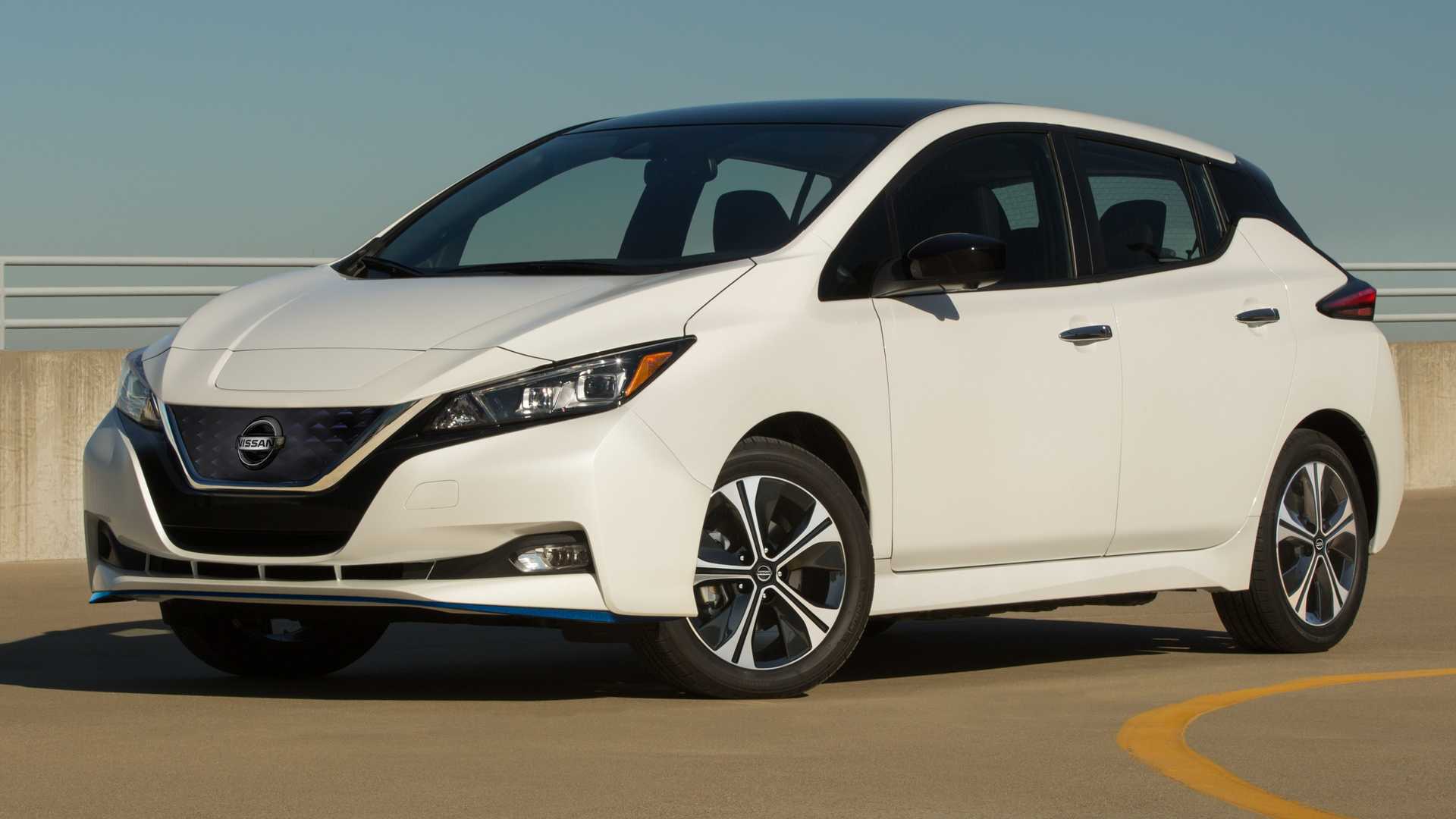
5. Nissan (Leaf and Ariya)
Nissan is one of the earliest major automakers to mass-produce electric vehicles, having launched the Nissan Leaf all the way back in 2010. As one of the world’s best-selling EVs for nearly a decade, the Leaf has provided a wealth of real-world data on battery performance and durability.
While early models of the Leaf lacked active thermal management—leading to some issues in hot climates—later models have greatly improved in this area, and the introduction of the Nissan Ariya marks a new era of sophisticated battery care within Nissan’s EV lineup.
Despite its early shortcomings, Nissan has proven over time that with proper design choices and user awareness, EV batteries can remain functional and dependable over many years of ownership.
The longevity of Nissan EV batteries, especially in temperate climates, is often attributed to conservative energy management and battery chemistry that emphasizes durability over raw performance.
For instance, Nissan has consistently used air-cooled battery packs in the Leaf, not as effective as liquid cooling, but designed to keep production costs down and systems simpler.
While this did result in accelerated degradation in extremely hot environments, such as Arizona or parts of Australia, many Leafs in cooler regions have demonstrated exceptional battery longevity.
A well-maintained Leaf in a mild climate can easily surpass 150,000–200,000 miles with only moderate capacity loss, typically under 20%. Additionally, the company rarely pushed the envelope on fast-charging speeds, which, while seen as a drawback by some, helped preserve battery integrity over time.
With the introduction of the Nissan Ariya, the company has moved toward more advanced battery management systems, including liquid cooling and active thermal regulation, finally addressing the chief concern of its earlier EVs.
The Ariya uses high-density battery packs with modern lithium-ion chemistries, and Nissan has incorporated a more intelligent BMS that balances charge rates, monitors cell performance, and actively adjusts cooling parameters.
Fast-charging capabilities are now more competitive, but Nissan still places a priority on controlled, safe energy input—another protective measure aimed at maximizing long-term battery health.
The Ariya’s architecture is a significant leap forward, reflecting Nissan’s commitment to refining battery longevity based on over a decade of experience in the EV space.
What makes Nissan particularly noteworthy is their consistent focus on affordability combined with durability. The Leaf, even as a budget-friendly EV, has proven that with thoughtful usage and battery-aware driving habits, an electric vehicle can serve as a reliable, long-term transportation solution.
Nissan also provides battery warranties of 8 years or 100,000 miles, and has remained relatively transparent in how it handles capacity degradation under warranty terms. In recent years, the company has even offered battery refurbishment and replacement programs in select markets.
While they may not receive as much acclaim as Tesla or BMW, Nissan has quietly built a legacy of battery resilience that continues to evolve with each new model. For budget-conscious EV buyers who value long-term reliability over performance hype, Nissan remains a brand well worth considering.
ALSO READ: 5 SUVs/Vans with Long-Term Safety Records vs 5 with Declining Safety
5 EV Brands With Frequent Replacements
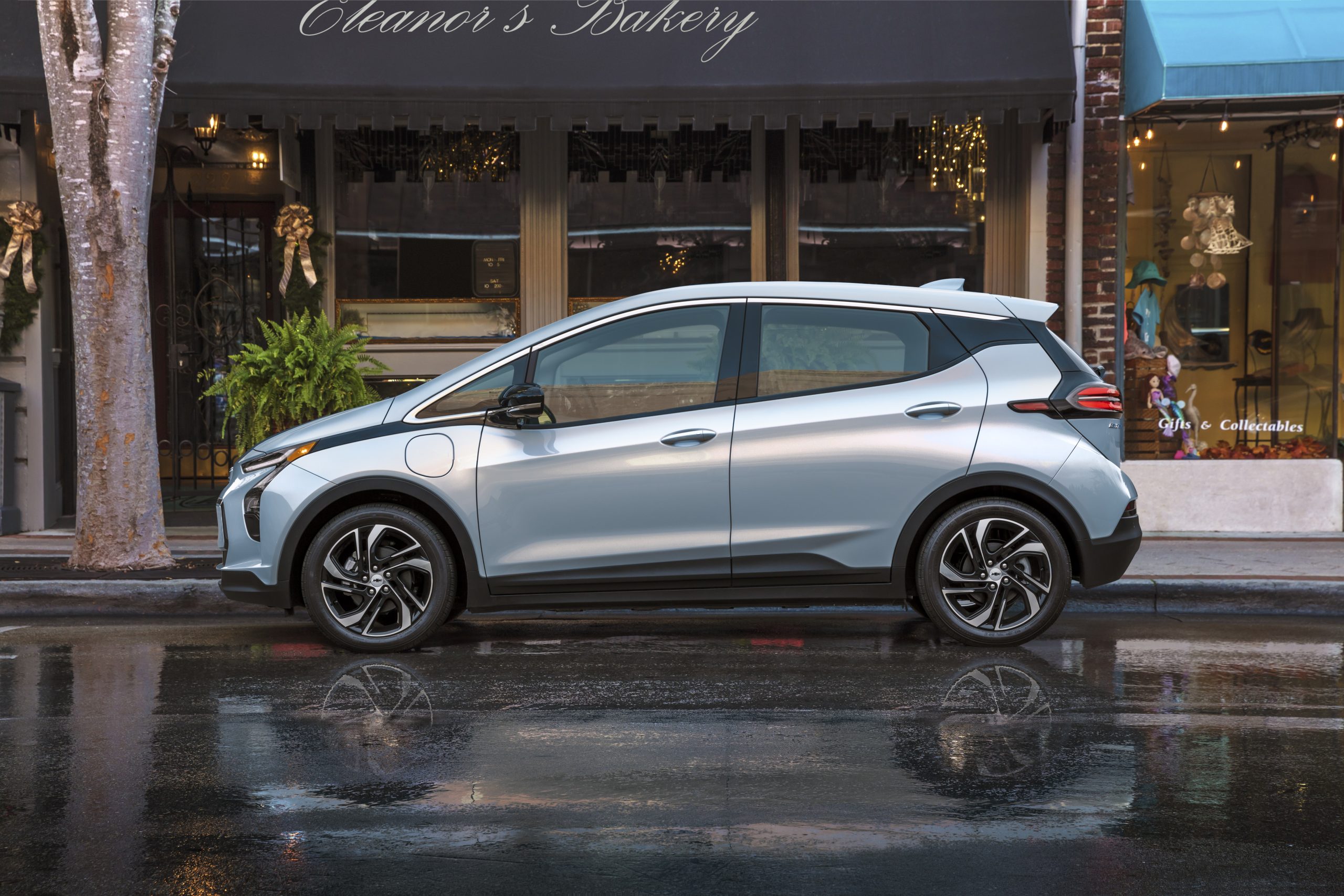
1. Chevrolet (Chevy Bolt EV and EUV)
The Chevrolet Bolt EV started as a promising entrant in the affordable EV market but quickly became infamous for serious battery-related issues. While initial reviews praised the Bolt’s range and practicality, widespread reports of battery fires and subsequent recalls severely damaged its reputation.
The problems were traced back to defects in the battery cells manufactured by LG Chem, where rare but dangerous manufacturing flaws could cause short circuits, leading to thermal runaway and, in some cases, vehicle fires.
As a result, General Motors issued a recall affecting nearly every Bolt ever produced, advising owners to limit their charging levels and park outside, an unprecedented situation that left thousands of drivers with limited confidence in the battery system.
Even after replacements were offered under warranty, some owners reported ongoing degradation and performance inconsistencies. Although the recall aimed to correct the root defect, the reputation damage was done, and many consumers questioned the long-term reliability of the replacement packs.
The fact that many of these batteries needed to be replaced within only a few years, well before their expected lifespan, highlighted concerns about quality control and battery manufacturing standards.
Owners also expressed frustration with long wait times for replacement batteries, often going months with limited range, capped charging, or severely restricted vehicle functionality while awaiting service.
Compounding the issue is Chevrolet’s relatively basic battery management system compared to EV leaders like Tesla or Hyundai. The BMS in the Bolt does manage temperature and charging levels, but it lacks the advanced predictive diagnostics and thermal regulation capabilities found in higher-end models.
Furthermore, the vehicle lacked liquid cooling in its earliest iterations, which meant that under high-stress driving or charging conditions, the battery pack could overheat and degrade more quickly.
Even in areas where thermal regulation wasn’t a major issue, the car’s software did not proactively adapt charging behaviors to user habits or environmental factors, resulting in uneven degradation across the fleet.
The company now faces the challenge of regaining consumer trust after one of the most public battery recall episodes in EV history.
Though many Bolts still run smoothly today, the model’s early and severe battery challenges have firmly earned it a spot among EVs with frequent battery replacements, whether due to design flaws or urgent safety concerns.
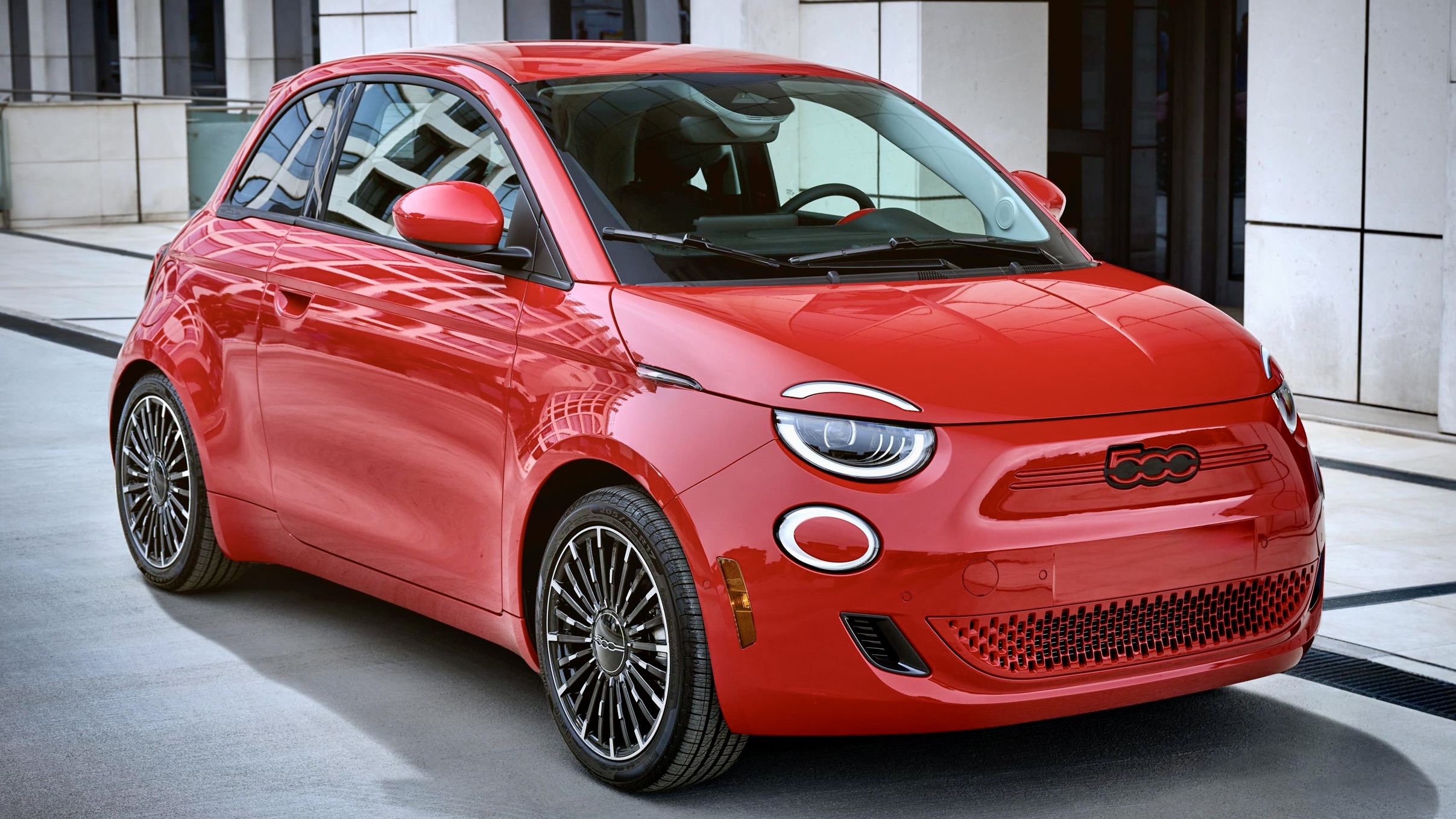
2. Fiat (500e)
Fiat’s foray into electric vehicles with the 500e was never intended to be a long-term game-changer, and that showed in the vehicle’s engineering priorities, particularly the battery system. The 500e was primarily sold in California as a compliance car, created more to satisfy regulatory requirements than to lead innovation.
As a result, the car’s battery design, thermal management, and energy management systems were relatively basic and underdeveloped compared to more robust EV offerings. This lack of forward-thinking design translated into one key issue over time: premature battery wear and more frequent-than-average replacements.
One of the major contributors to battery degradation in the Fiat 500e was the limited thermal management system. The vehicle lacked advanced liquid cooling, relying instead on passive or minimal thermal control. This made the battery particularly vulnerable in hot climates or under aggressive driving and charging patterns.
Without proper cooling, the cells would heat up during fast charging or extended drives, accelerating chemical breakdown inside the battery.
This design flaw wasn’t necessarily catastrophic at first, but over time, it meant many 500e owners began noticing steep range reductions and sluggish performance even within the first few years of ownership.
That small buffer meant even modest degradation had a dramatic impact on real-world usability. A 10% loss of capacity could reduce practical driving range by nearly 10 miles, which is significant for a short-range urban commuter.
For owners relying on the 500e as a daily driver, this quickly led to range anxiety and the need for more frequent charging, which further strained the already limited battery. Unlike vehicles with larger packs and intelligent buffer zones, the Fiat 500e didn’t provide much leeway for natural degradation, making battery replacements more necessary after just a few years.
Adding to these issues was Fiat’s limited EV support infrastructure. As a brand with minimal EV focus outside California, there was little investment in nationwide service, parts availability, or technician training for battery diagnostics and replacement. Many customers found it difficult to schedule service or experienced long wait times for replacement batteries.
Fiat has since pivoted away from EVs in the U.S. market, although it is expected to reenter with newer models. But for now, the 500e’s early exit, combined with its high battery replacement frequency, leaves a cautionary tale for automakers who treat EVs as stopgap solutions rather than long-term commitments.
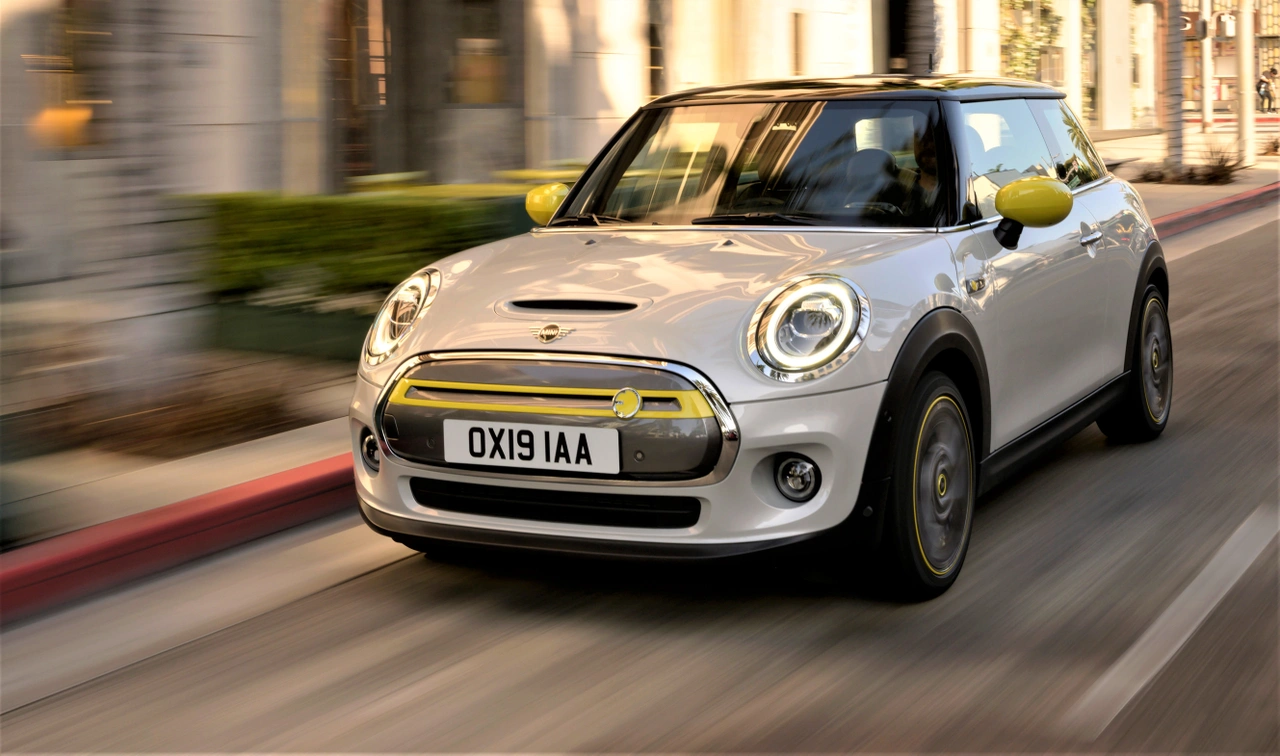
3. Mini (Mini Electric / Mini Cooper SE)
Mini’s EV offering—the Mini Cooper SE (Mini Electric)—blends the brand’s signature style and zippy handling with an electric powertrain, but unfortunately, that style-first approach may have come at the cost of long-term battery durability.
The Cooper SE features a relatively small 32.6 kWh battery pack, which results in modest range (around 110 miles EPA) and limited room for buffer zones. This tight battery envelope leaves little margin for degradation, meaning the impact of battery wear is felt sooner and more acutely than in vehicles with larger, more robust battery packs.
One of the early criticisms of the Mini Electric was that the car appeared to be built around an existing internal combustion platform, rather than being a ground-up EV design. This platform compromise had direct consequences for battery packaging and cooling.
The vehicle uses a basic thermal management system and lacks the refined battery care tools found in longer-range, more advanced EVs. Without these, the cells are more vulnerable to degradation during high-load scenarios like fast charging or spirited driving, ironically, the kind of driving that Mini enthusiasts enjoy most.
Over time, this can lead to uneven degradation, voltage imbalance between cells, and range reduction beyond what owners expect within the first five years.
Moreover, Mini’s BMS does not offer advanced features like predictive charging behavior, range optimization based on usage, or real-time degradation reporting. For owners who are new to EVs or less technically inclined, this leaves them without key information that could help mitigate battery wear.
In a competitive market, this omission feels increasingly outdated. Many owners of early Mini Electrics have reported notable range drops within just 3–4 years, which is problematic for a vehicle with such a modest range to begin with. While not dangerous, these capacity losses often lead to battery replacements before warranty expiration, especially in warmer climates or among drivers who frequently use DC fast chargers.
Mini, a BMW subsidiary, has access to world-class engineering, and future electric Minis will likely benefit from BMW’s excellent battery strategies (as discussed earlier). However, the current generation of the Mini Electric—though undeniably charming—has not proven itself as a reliable long-haul EV.
For owners who love the brand but need consistent, long-lasting performance, the battery replacement risk is one of the car’s biggest drawbacks. As Mini evolves its EV offerings in the coming years, addressing these early design limitations will be key to shedding its place among EVs with frequent and early battery failures.
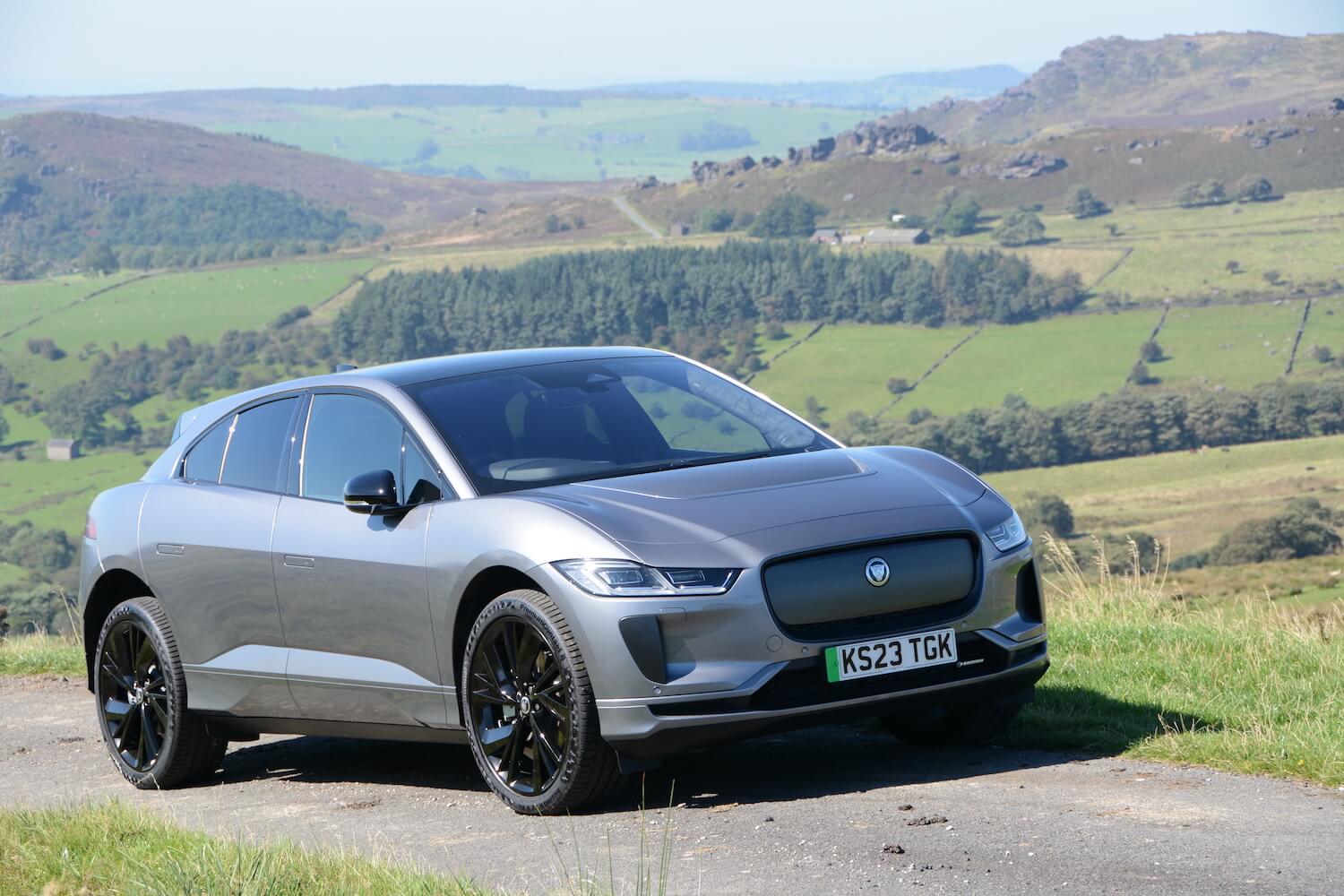
4. Jaguar (I-PACE)
The Jaguar I-PACE launched with much fanfare as a luxury EV alternative to Tesla, featuring sleek design, strong performance, and off-road capability. However, beneath the surface, the I-PACE has faced mounting criticism for its battery degradation and charging inefficiencies, leading many owners to confront early battery replacements and persistent reliability concerns.
Despite its premium price point, the I-PACE struggles with software-related battery issues and underwhelming long-term performance, especially when compared to EVs from Tesla, Audi, and BMW.
A major issue stems from Jaguar’s relatively inefficient battery management system. Early versions of the I-PACE often suffered from inaccurate range predictions, overestimation of remaining charge, and erratic thermal management. This combination led to unexpected battery depletion and created frustration among owners who relied on the car for longer trips.
In addition, the vehicle’s cooling system, while technically liquid-based, lacks the adaptability and fine-tuning seen in Tesla or Hyundai EVs. This means that under high-demand driving or rapid DC charging, the battery is more prone to heat buildup, leading to accelerated degradation and, in some cases, thermal derating, where performance is deliberately reduced to prevent overheating.
Reports from long-term owners and fleet operators indicate notable capacity degradation within 3–5 years of ownership, often exceeding 15–20%, which is high for a premium vehicle. Some cases have involved even higher losses, leading to warranty claims and, in several instances, full battery pack replacements.
Complicating matters, Jaguar’s dealer network is still learning to handle EV-specific issues, and there have been complaints about slow diagnosis, limited technician training, and delayed parts availability for battery replacements or repairs. For a brand trying to establish EV credibility, these support challenges only worsen the impact of technical shortcomings.
Despite these issues, Jaguar has shown a willingness to improve through software updates and limited technical adjustments. But many I-PACE owners feel that the updates are too little, too late, especially for those who have already experienced substantial battery degradation.
The I-PACE serves as a cautionary example that premium branding alone cannot mask fundamental battery shortcomings. For now, Jaguar remains on the list of EV manufacturers whose early designs and support structure have led to a higher-than-average rate of battery replacements—a problem that will need to be addressed before the brand’s next generation of electric vehicles launches.
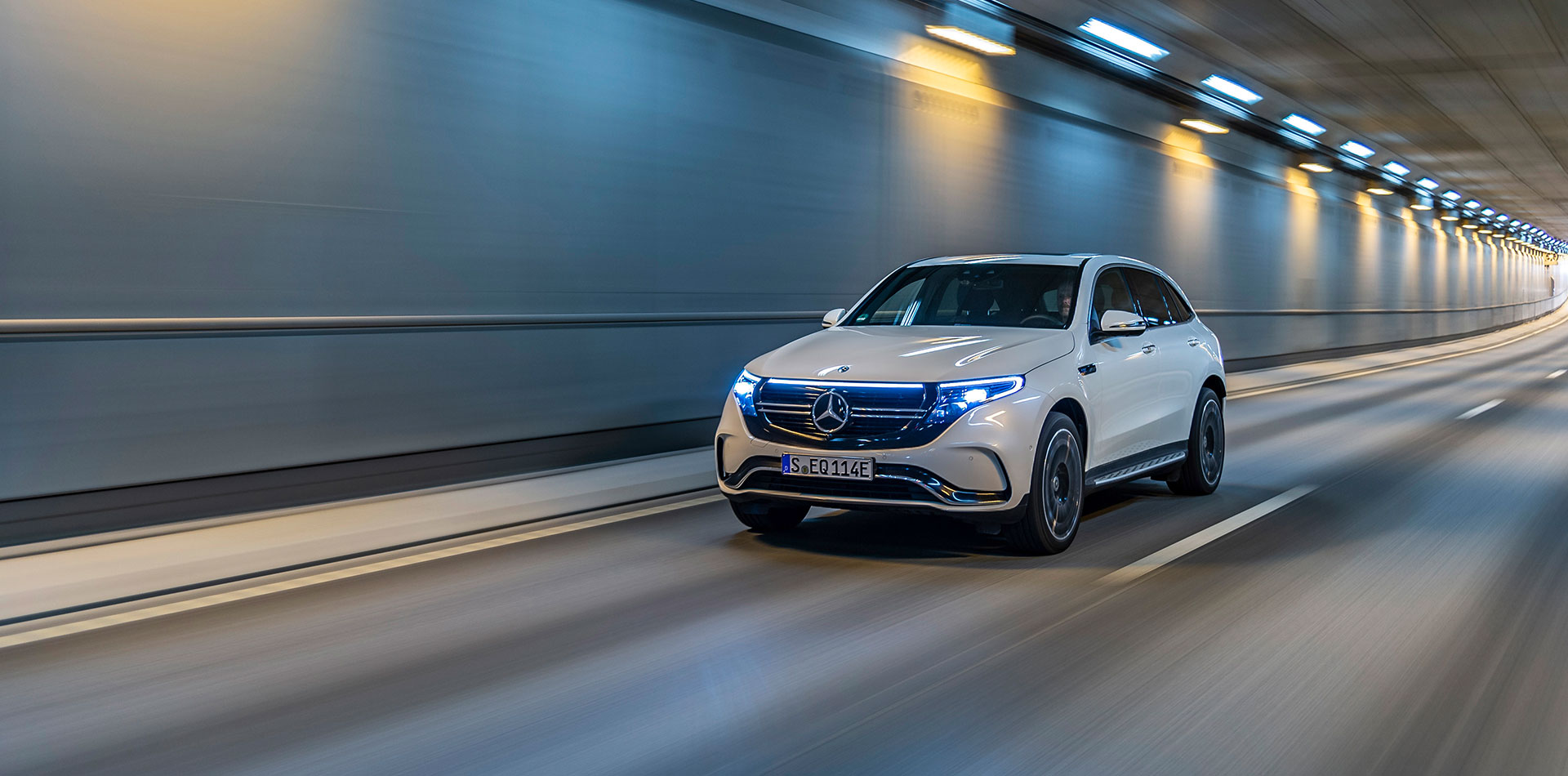
5. Mercedes-Benz (EQC and Early EQ Models)
Mercedes-Benz is globally synonymous with luxury and engineering precision, but its first-generation EV efforts, particularly the EQC, have been met with mixed reviews, especially regarding battery longevity.
Though marketed as a premium alternative to Tesla, the EQC and early EQ-series vehicles often fail to deliver the battery endurance expected in this segment.
Many owners report faster-than-average degradation, inefficient range retention, and disappointing cold-weather performance, all of which contribute to higher instances of battery servicing and even replacements during the vehicle’s early years of operation.
The EQC’s issues start with its outdated platform, which was adapted from a combustion-engine vehicle rather than built as a dedicated EV.
This legacy architecture meant compromises in cooling, battery placement, and structural design. The battery cooling system, while present, isn’t as adaptive or thorough as newer EV competitors, particularly in managing thermal balance during long drives or rapid charging.
Without precise cooling and adaptive management, battery cells suffer from uneven heating, which leads to imbalanced wear and cell failures over time. As more data accumulates from real-world owners, the pattern of early degradation—especially in warmer or colder climates—is becoming hard to ignore.
Additionally, Mercedes’ initial battery software was heavily conservative, limiting access to battery capacity but still failing to optimize charge curves or thermal performance adequately. Combined with high vehicle weight and moderate energy efficiency, the result was batteries that were under stress more often than expected, even in casual daily driving scenarios.
Furthermore, while Mercedes offers a strong battery warranty on paper (typically 8 years/100,000 miles), the inconvenience and frequency of battery-related issues have frustrated many luxury buyers who expect trouble-free ownership in this price bracket. Some early adopters reported needing pack replacements within the first four years, an outcome that undercuts the brand’s premium positioning.
Mercedes is actively improving its EV platform, with new dedicated electric architectures (like MMA and MB.EA) set to debut in the coming years. But the legacy of the EQC and early EQ models illustrates the importance of launching a mature battery and thermal system from the outset.
Until these next-gen platforms prove themselves in real-world conditions, Mercedes-Benz remains among the group of EV brands that—despite prestige—have been associated with higher-than-expected battery replacement rates, especially in the early years of ownership.
